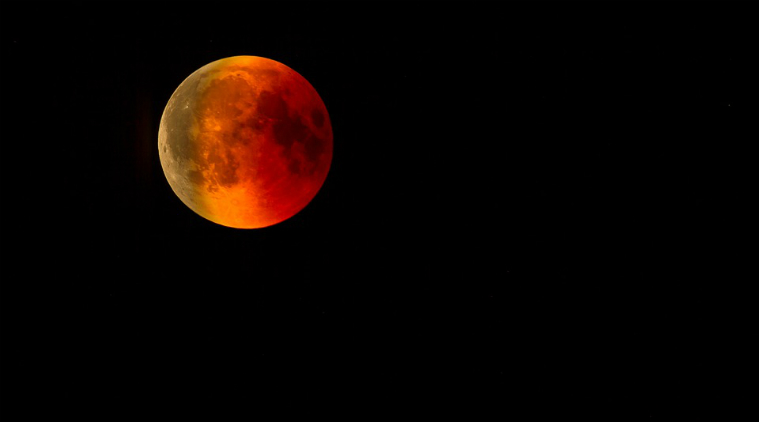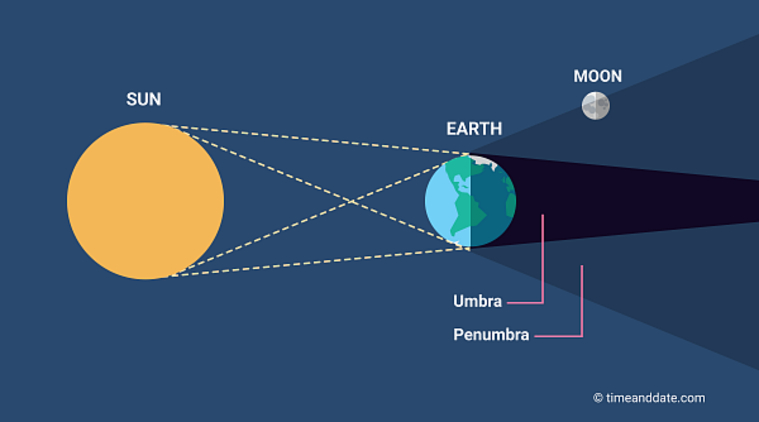 Lunar Eclipse 2020 India: What is a penumbral eclipse. (Representational Image: Pixabay)
Lunar Eclipse 2020 India: What is a penumbral eclipse. (Representational Image: Pixabay)
Lunar Eclipse June 2020: Lunar eclipses are of three kinds – total lunar eclipse, partial lunar eclipse, and penumbral lunar eclipse. During a Full Moon, when the Earth comes between the Sun and the Moon, it blocks the Sun’s rays from directly reaching the Moon. It casts a shadow on our natural satellite that is known as the lunar eclipse.
We have already witnessed the first lunar eclipse of the year 2020 in the month of January itself. The year is scheduled to have three more such events and the next one will occur this June. This eclipse will be penumbral one, which hard to distinguish from a normal Full Moon.
What is a penumbral lunar eclipse?
A penumbral lunar eclipse happens when the Sun, Earth, and the Moon are imperfectly aligned. In this case, the Earth blocks some of the Sun’s light from directly reaching the Moon with the outer part of its shadow, also known as the penumbra. Since the penumbra is much fainter than the dark core of the Earth’s shadow a penumbral eclipse is hard to distinguish from the normal Full Moon.
When the Moon moves through the faint, outer part of Earth’s shadow, we witness a penumbral lunar eclipse from the Earth.
 How penumbral lunar eclipse happens. (Image: timeanddate.com)
How penumbral lunar eclipse happens. (Image: timeanddate.com)
Where to watch the upcoming lunar eclipse
According to timeanddate.com, if you are in Asia, Australia, Europe, or Africa, you might see the Strawberry Moon turn a shade darker during the maximum phase of this penumbral lunar eclipse.
Penumbral lunar eclipse timing
The eclipse will occur between June 5 and June 6, 2020. It will start at 11:15 pm as per the Indian Standard Timing (IST) on June 5. It will reach the maximum eclipse at 12:54 am on June 6 when the Moon is closest to the centre of the shadow. The penumbral eclipse will end at 2:34 am on June 6, 2020.
Apart from this lunar eclipse in June, the year 2020 has two more lunar eclipses lined up. One lunar eclipse will occur in July and the last lunar eclipse of the year will occur in November. These two eclipses are also penumbral ones.